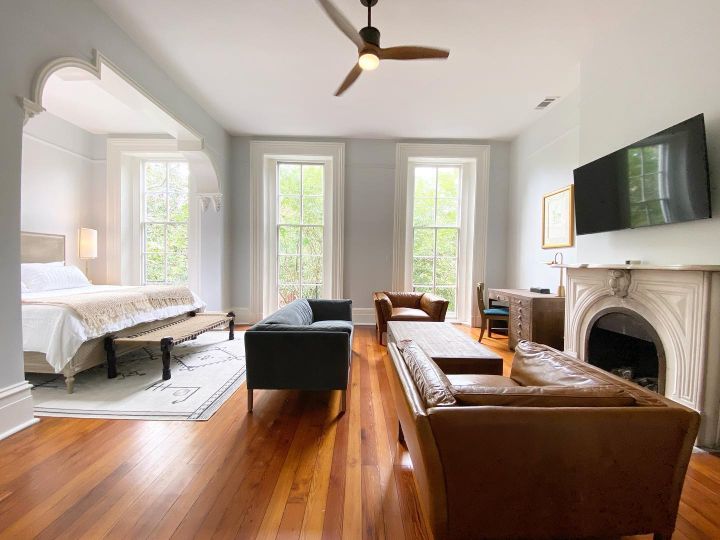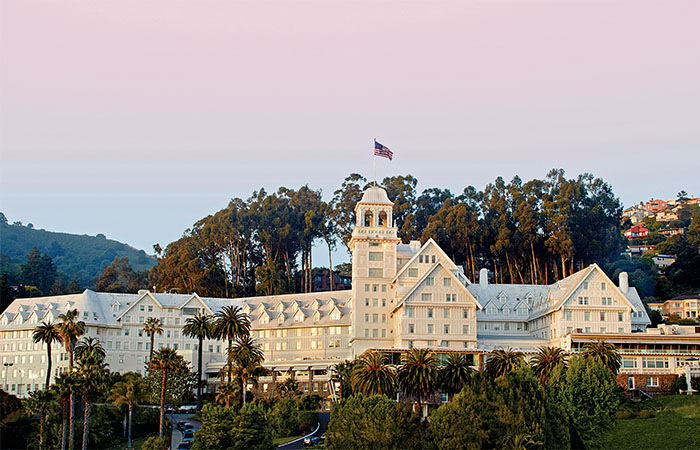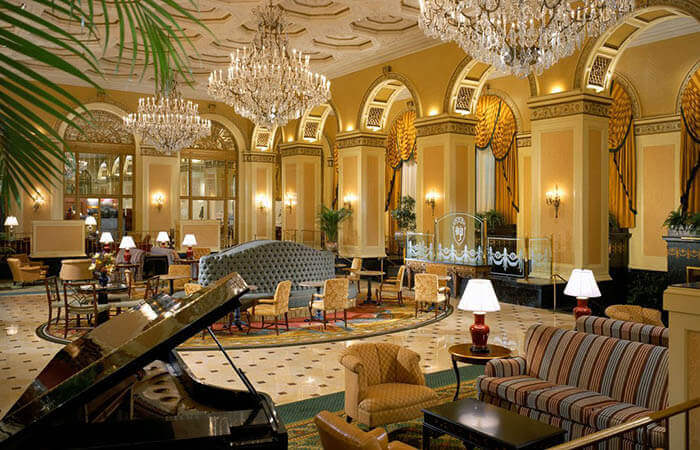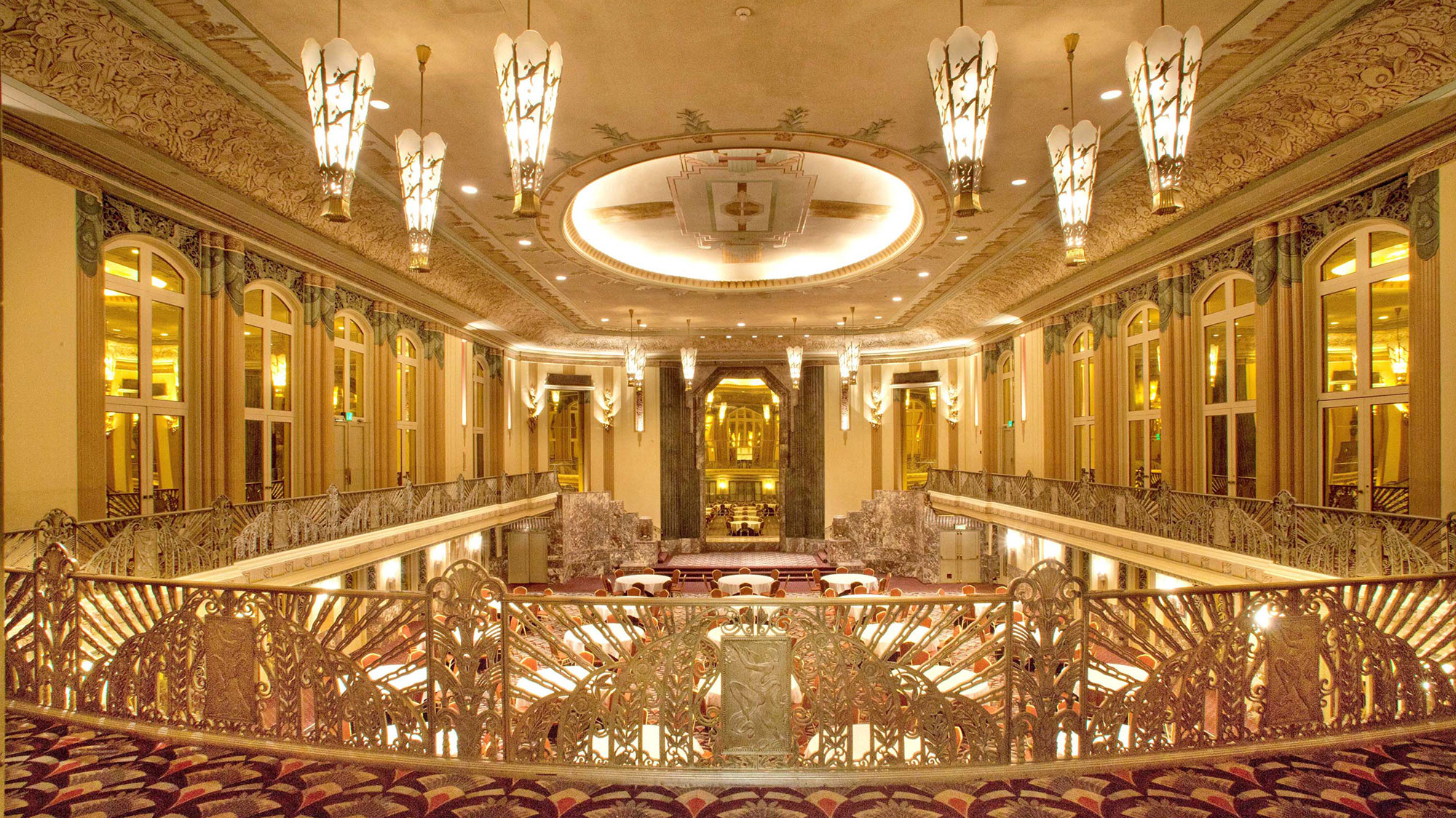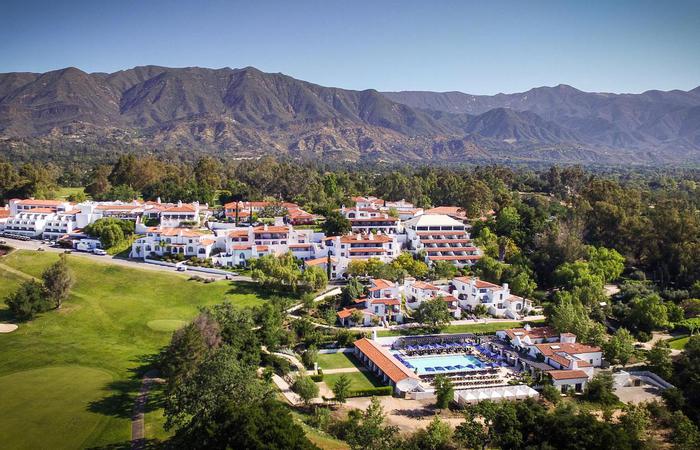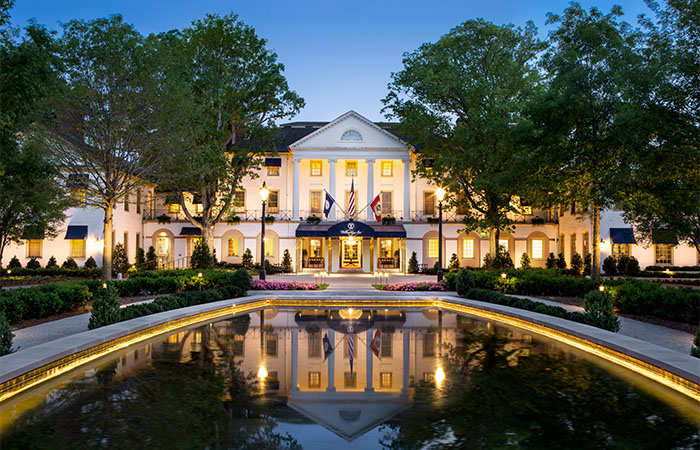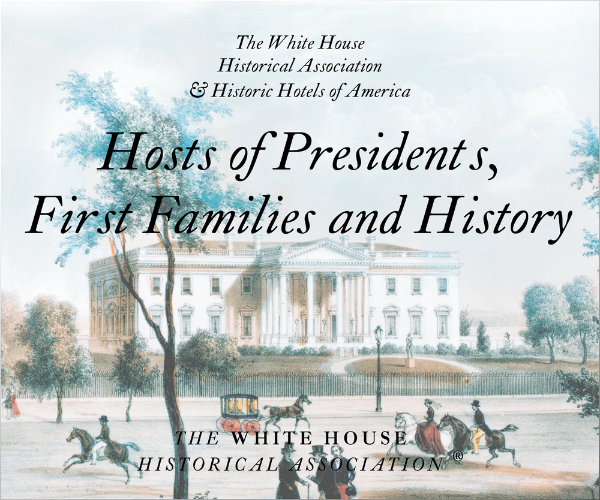Receive for Free - Discover & Explore eNewsletter monthly with advance notice of special offers, packages, and insider savings from 10% - 30% off Best Available Rates at selected hotels.
Guest Historian Series: Stanley Turkel, CMHS
Nobody Asked Me, But... No. 148;
Hotel History: Wentworth By The Sea (1874), New Castle, New Hampshire*
By Stanley Turkel, CMHS
The Wentworth by the Sea, formerly the Hotel Wentworth, was built in 1874 by Daniel E. Chase and Charles E. Campbell and was the largest wooden structure on the New Hampshire coast. It was bought in 1879 by Frank Jones, wealthy owner of banks, breweries, insurance companies, racing stables, railroads, and the world's largest shoe-button company. Jones hired the talented Frank W. Hilton (no relation of Conrad) to manage and promote the Wentworth. Hilton introduced steam-driven elevators, Western Union telegraph, a telephone wire connected to the Rockingham Hotel, high-tech outdoor electrical arc lights, flush water closets, a dish-washing machine, croquet and lawn tennis, billiard room, bathing houses, athletic competitions, horses, and an in-house orchestra. With Frank Jones’s death in 1902, the hotel was sold but did not have another successful owner until Harry Beckwith bought the Wentworth in 1920 and operated it for 25 years.
In 1905, the hotel housed the Russian and Japanese delegations who negotiated the treaty of Portsmouth to end the Russo-Japanese War. President Theodore Roosevelt proposed the peace talks and won the Nobel Peace Prize for his efforts. Frank Jones's executor, Judge Calvin Page followed his will and the Wentworth provided free accommodations to both delegations. The Japanese hosted an "International Love Feast" at the Wentworth before the final document was signed at the Portsmouth Naval Shipyard.
In 1916, the famous 56 year-old Annie Oakley was persuaded by Manager Harry Priest to demonstrate her horsemanship and shooting skills for guests at the Wentworth. Two sports, golfing and swimming, sum up the Beckwith focus. He hired the famous Donald Ross to design the finest nine-hole course in New England. Beckwith built the Ship, a massive new building shaped like a cruise liner and located between the bridge to Rye and the hotel pier. He also created a deep ocean-fed pool with a new cement floor. In accordance with the racist fabric of America, Beckwith promised his guests that they would receive the finest in gentile-only accommodations. The Wentworth prospered through Prohibition and survived even the Great Depression but was closed during World War II when the military took over the hotel's facilities for the duration.
In 1946, the Wentworth was acquired by Margaret and James Barker Smith who provided hands-on and enlightened management for 34 years until 1980. Over those years, they focused on entertainment, masquerades, Mardi Gras celebrations, photographs of guests, tennis, fresh seafood, expansion of the golf course to 18 holes, a new modern Olympic-sized pool, expansive new floral plantings, etc. Many celebrities visited the Wentworth: Zero Mostel, Jason Robards, Colonel Sanders, Frank Perdue, Vice President Hubert Humphrey, Ralph Nader, Ted Kennedy, Herbert Hoover, Margaret Chase Smith, Shirley Temple, Richard Nixon, Milton Eisenhower, and John Kenneth Galbraith, among many others. On July 4, 1964, Emerson and Jane Reed became the first African Americans to overcome the hotel's long-standing segregation policy by dining at its restaurant.
By the mid-1970s, both the Wentworth and the Smiths were aging and deteriorating. In the fall of 1980, after thirty-four consecutive summers, the Smiths sold the hotel to a Swiss conglomerate, the Berlinger Corporation, who tried without success to keep the Wentworth running year-round. Finally Henley Properties, the fourth owner in seven years, bulldozed eighty-five percent of the "newer" buildings and gutted the oldest portion of the hotel down to its wooden studs. With declining fortunes and changing owners, the Wentworth closed in 1982. After plans for its demolition were announced, it appeared on the National Trust for Historic Preservation's list of Americas Most Endangered Places and the History Channels America's Most Endangered.
In 1997, Ocean Properties acquired the Wentworth by the Sea and, after extensive renovation and restoration, reopened in 2003 as a Marriott resort.
*excerpted from my book Built To Last: 100+ Year-Old Hotels East of the Mississippi (AuthorHouse 2013)
Return to Wentworth By The Sea
*****
About Stanley Turkel, CMHS
 Stanley Turkel was designated as the 2014 and 2015 Historian of the Year by Historic Hotels of America, the official program of the National Trust for Historic Preservation. This award is presented to an individual for making a unique contribution in the research and presentation of history and whose work has encouraged a wide discussion, greater understanding and enthusiasm for American History.
Stanley Turkel was designated as the 2014 and 2015 Historian of the Year by Historic Hotels of America, the official program of the National Trust for Historic Preservation. This award is presented to an individual for making a unique contribution in the research and presentation of history and whose work has encouraged a wide discussion, greater understanding and enthusiasm for American History.
Stanley Turkel is one of the most widely-published authors in the hospitality field. Two of his hotel books have been promoted, distributed and sold by the American Hotel & Lodging Educational Institute (Great American Hoteliers: Pioneers of the Hotel Industry and Built To Last: 100+ Year-Old Hotels East of the Mississippi). A third hotel book (Built To Last: 100+ Year-Old Hotels in New York) was called "passionate and informative" by The New York Times. His fourth hotel book was described by The New York Times: "Nostalgia for the City's caravansaries will be kindled by Stanley Turkel's...fact-filled...Hotel Mavens: Lucius M. Boomer, George C. Boldt and Oscar of the Waldorf."
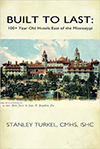
Built to Last: 100+ Year-Old Hotels East of the Mississippi is available for purchase from the publisher by visiting bookstore.authorhouse.com.























